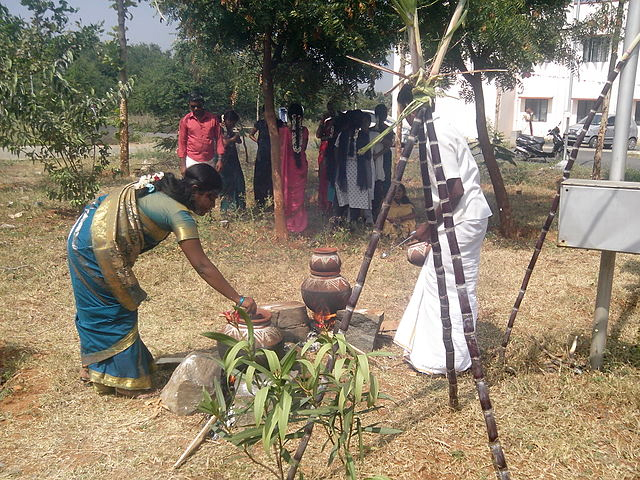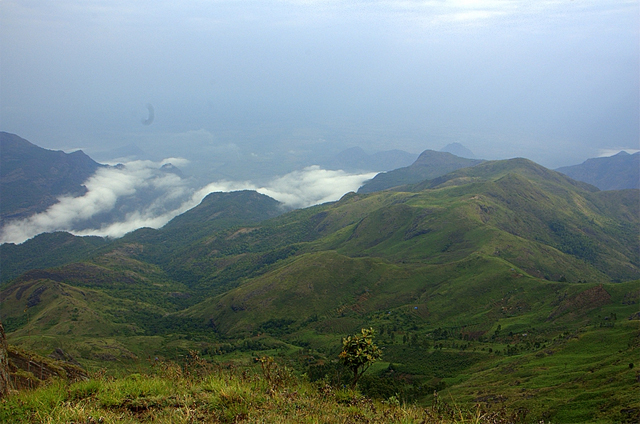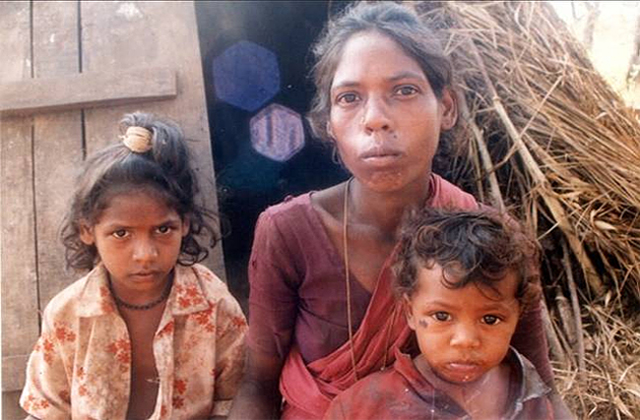A Pongal in India is normally a three or four day festival in which rural people express their gratitude to the sun for a bountiful harvest. But among some of the Paliyans of southern Tamil Nadu State, a Pongal expresses their desires for good rains. The Hindu last week published an article that provided some details about the Paliyan ceremonies.

The “Mazhaippongal,” as the reporter called it, is observed in April or May each year, months when rain is sparse in that part of India. The Deputy Director of the Southern Regional Office of the Anthropological Survey of India, C. R. Sathyanarayanan, told the paper that the Paliyan Pongal “is a rain-invoking ritual beseeching the deity Palichiyamma to bestow showers. The members make Pongal from grains and rice and pour it over the stone, which, they believe, is their chief deity. The deity then blesses them with rains.”
A news story in this website last April described the “Mazhai Pongal” ceremony in detail; it included a video about it released by the Anthropological Survey. The article last week provided additional information. It quoted Latha Rajan, a Paliyan from Paliyankudi, who said that they take millets and rice into the forest when they want to celebrate a Mazhaippongal. “It is a long ceremony where all our members are present,” she said.
The newspaper briefly described the ceremony. The pot in which the rice and millet is cooked is placed in front of the rock that symbolizes the deity, and the water is heated with a fire made from twigs. When the Pongal pot boils over, the priest whips himself with a wild creeper, marulikkai, in order to appease the deities. Pouring the hot porridge on the rocks then promotes rain. The entire ceremony was portrayed by the video, which is included on the Paliyans page in the Videos Section of this website.

An important book by Gardner (2000) on Paliyan society provides an excellent overview of the landscape of southern Tamil Nadu that helps explain their obsessions about rain. The mountain ranges in that portion of the state vary in the amounts of rainfall they receive from one area to another, but rain is an important factor in determining what will grow. He added that one mountain, the summit of the Palni Hills, receives 1,680 mm (66 in.) of rainfall per year while some of the surrounding lower hills where the Paliyan locate their villages were lucky to receive a fraction of that. Gardner cited one community that annually receives only 660 mm of rainfall per year and another that reportedly gets as little as 250.
The group Gardner studied endured dry periods but they were able to cope mostly by foraging among beds of yams at different elevations. If necessary, they could climb to the wetter areas higher in the mountains during drought periods. The people “complained regularly to their protecting gods about the baked earth and prayed earnestly for rain, but they saw no need to take emergency measures,” he wrote (p.50).
Later in the book he described their actual prayers for rain. One person he recorded (p.125) petitioned the gods by saying, “the forest is catching fire owing to excessive heat. Why don’t you give us rain?” Gardner quoted other prayers as part of his lengthy discussion of Paliyan religious practices—for good health and for protection from malevolent spirits as well as for more rainfall.

Gardner’s 1991 article on Paliyan shamanism referred to a deity that he spelled as Paliciammā (p.369) rather than Palichiyamma as the newspaper spelled it. Gardner mentioned that the deity is accepted by some of the Paliyan groups living to the south of the area where he did his fieldwork. The anthropologist indicated in that article that the samis, their term for their deities, are often called into the Paliyan villages by shamans to provide healing, to give personal advice, and to help solve the problems of subsistence.
Gardner suggested that when samis visit the villages, people may interact with them as much or as little as they may personally need. He concluded that the relationships of the Paliyans with their samis are quite in line with their nonviolent social structures. They may elevate their samis above everyone else, but the shamans are not given any special treatment. “Paliyans are quick to deny elevated status to the samis’ mouthpieces,” Gardner wrote (p.381).
Denial of status to shamans is just part of their antipathy toward anyone have more prestige than others. The shamans derive no special recognition or authority from their roles. The shamans need to remain as self-effacing as everyone else in order to keep up their good relations with others. The article by Gardner is available as a PDF in this website.